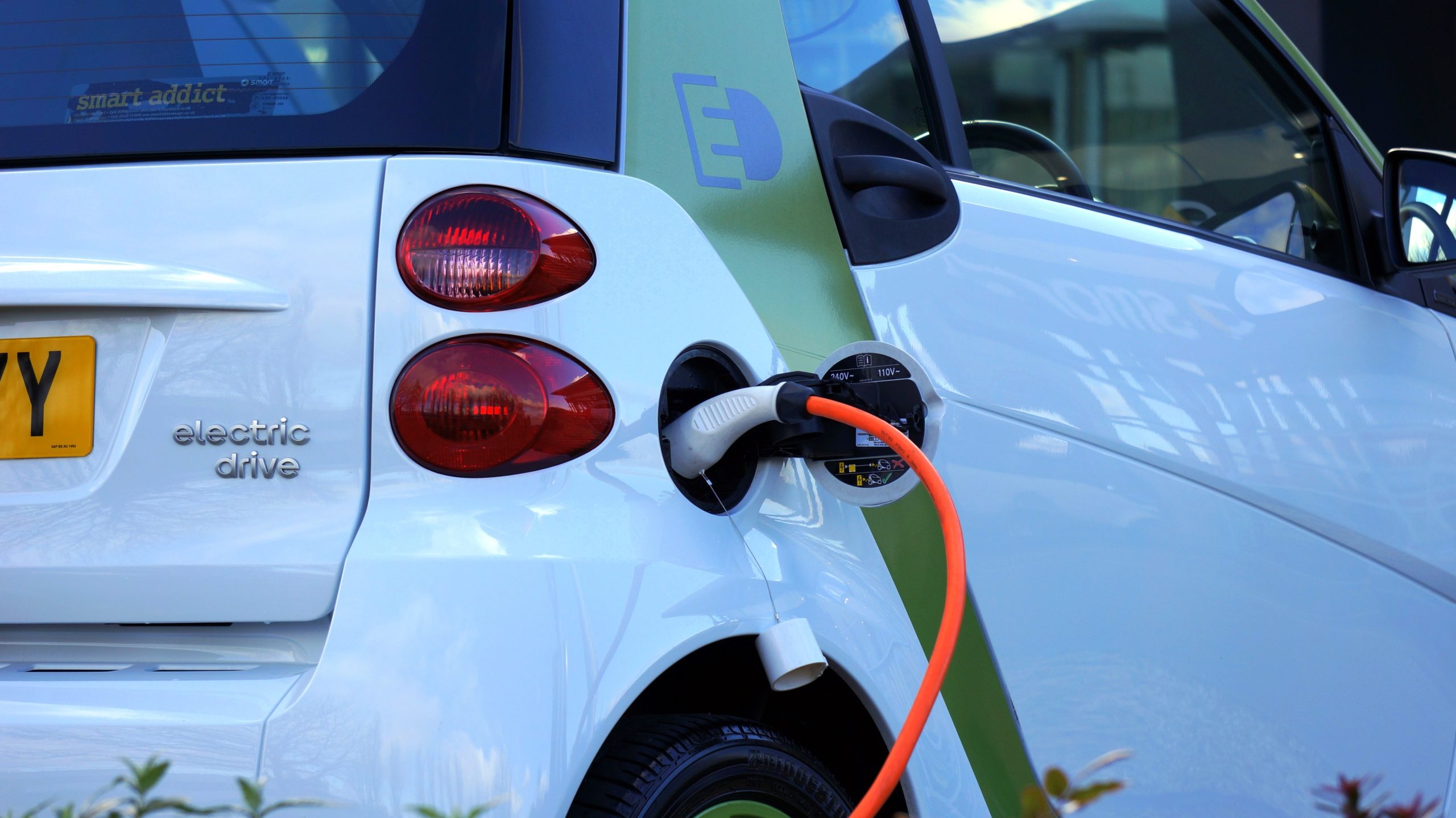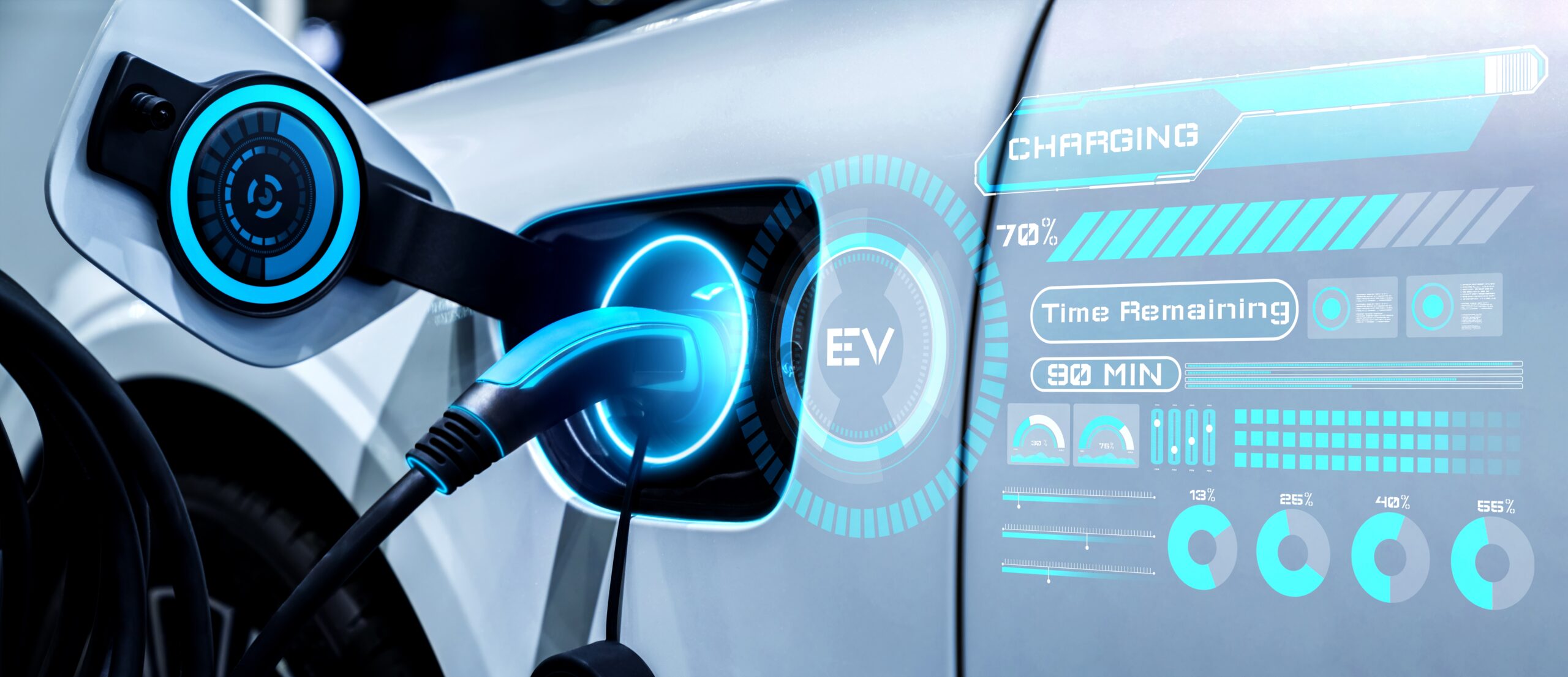Generac Grid Services takes a three-pronged approach to electric vehicle (EV) program design. Our goal is to serve our customers at their unique points in their respective transportation electrification journeys and evolve the solution as their needs – and their end customers’ needs – change. The last blog in this three-part mini-series discussed the value of monitoring new load from EVs and how utilities can benefit from understanding when, where and how much EV charging takes place. This blog will explore how to turn the batteries into a grid resource through behavioral programs and synthetic TOU rates.
The underpinning logic of behavioral load management is using financial incentives, social norming or providing information to encourage beneficial charging habits. Behavioral programs differ from active load control or automated smart charging programs where a DRMS, DERMS or equivalent remotely halts charging directly through the vehicle or a charging station.
Carrots Rather than Sticks
Financial incentives are a strategic tool in manual demand management programs, and several flavors are available to encourage EV drivers to practice grid-friendly charging behavior.
- Ongoing Bill Credits: A flat rate, cadenced incentive for not charging during on-peak periods; these often come as a monthly reduction on a customer’s bill. For example, if a utility sets a peak period from 5-9 PM, participants may receive a monthly bill discount for avoiding vehicle charges between those hours.
- Synthetic TOU: A closely related incentive structure is a variable incentive that pays customers a $/kWh rate for charging during off-peak periods. An example is a scenario where the utility pays a customer $0.10/kWh for every kWh they charge during a designated charging window.
- Off-bill Incentives: Paying an off-bill incentive (such as a PayPal disbursement or gift card) is a flexible method for encouraging customers to charge their EV when it is most beneficial for the grid. The flexibility of an off-bill incentive allows the utility to adjust the parameters of managed charging programs as they gain more information about how EV charging affects the distribution grid.
Learning from the Home Energy Report
Beyond financial incentives, social norming is a well-known strategy frequently employed in energy efficiency programs to encourage customers to act more like their most efficient neighbors. This strategy can be paired with financial incentives but has a couple of distinct components:
- Customer Education: Charging guidance that shows customers how much money they have saved in fuel and maintenance costs compared relative to if they were operating an internal combustion engine vehicle helps reinforce good behavior, as does showing customers how much they have saved/gained by charging during off-peak hours compared to on-peak hours.
- Neighbor Comparisons: A social norming strategy might also involve a neighbor comparison, whereby an individual’s charging behavior is compared to a neighbor sample set to align users on charging best practices.
Inclusivity
Another benefit of behavioral load management programs is that they are more inclusive than automated programs. Behavioral load management does not require control through direct-to-vehicle telematics or a smart charger. This makes the programs more inclusive, as not all drivers have smart chargers and not all vehicles have onboard telematics. Sometimes those EVs that do have telematics technical capabilities require the customer to pay a monthly subscription fee, thus reducing the population of drivers qualified for automatic smart charging.
Keeping Rates Flexible
Behavioral programs and synthetic rates are distinct from true TOU, which can be prescriptive and broadly sweeping. As utilities look to develop longer-term EV strategies, synthetic programs can provide the planning tools, data and flexibility to build programs that engage drivers while providing meaningful capacity or storage during periods of high renewable generation.
Generac Grid Services is proud to partner with utilities to design programs that drive long-lasting behavior change in support of the grid. From customer acquisition through our Smart EV Rewards portal through measurement, verification and incentives disbursement, we work to get our customers and their customers the information they need to make educated, meaningful EV charging decisions. Moreover, we view EVs as just one distributed energy resource in our customers’ toolbox to optimize power flows on the distribution grid, thus supporting EV programs alone or alongside the engagement of other asset types.
 Jessie Peters
Jessie Peters
Senior Manager, Marketing




